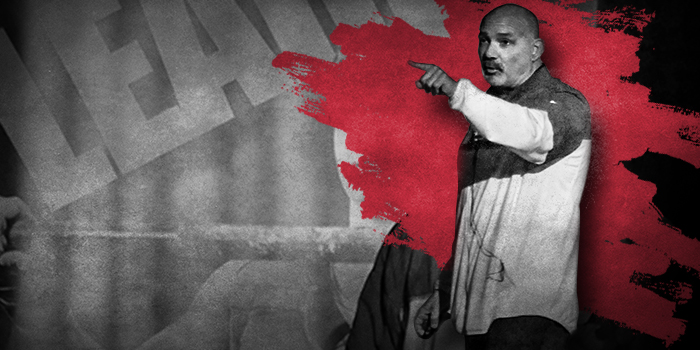
We’ve been digging through the elitefts archives and found some pretty dang good stuff. In this case, that good stuff is a 2005 conversation between Buddy “Coach X” Morris (a speaker for the upcoming 2019 Strong(er) Sports Training and Success Seminar), Dave Tate, Tom Myslinski, and Jim Wendler about stress adaptation and recovery.
In the sixth video of a nine-part conversation, Morris says:
"All stress takes its toll on the human body. Training is an external stressor, and the body is going to adapt in one of two ways: it’s going to do what we want — make it bigger, make it stronger, make it faster, make it look better. Or it’s going to do what we don’t want it to do — it’s going to break down or get injured."
Morris defines stress adaptation as “nothing more than the ability of the human body to maintain a level of balances between the environment and the body.”
"Play the game; don’t let the game play you."
Morris replaces the word “game” with “disease,” and points to the example of a doctor telling a patient they have cancer. One patient might be dead in three weeks after hearing that; others might live 10 years after hearing that news. Some of that is mental, but a lot of that can also be an effect of the human body’s adaptation to stress. Some people handle it better than others.
Perception also plays a role in stress adaptation. One person may perceive the sensation of pain that’s stronger than it really is whereas another might not feel it as much. Perception is driven by the parasympathetic nervous system. That’s what helps people get through stressful situations. Elite athletes are said to be parasympathetic-dominant, which gives them the ability to bounce back faster from certain events. One football player’s central nervous system might not appear to be any different than before the game. If that’s the case, there’s not much of a need to adjust the program.
But that’s not the case with all elite athletes. Morris uses the example of Yuriy Sedykh, a Russian hammer thrower, who took three weeks to recover from one max effort World Record throw.
"Part of our job is to get them recovered between bouncing high CNS activity, which is a game like I’ve said, people don’t take into account competitive loading, people don’t take into account stress. With stress, you get these guys who are training for the Olympics for four straight years. They lift tons of weights, do tons of different exercises, they train multiple times a day, four to five times a week. After the Olympic games — that’s only six to eight lifts — they’re gassed. It’s why they’re gassed — emotional distress."
Ensuring athletes get proper recovery is one of the big parts of being a strength and conditioning coach. But preparing young athletes also can be useful.
Morris recommends that kids play whatever sports they want. Different sports encourage the development of different motor skills. Specializing in one sport too early hurts kids’ development in the long run.
The conversation shifts to walking and enjoying the outdoors as some of the most effective modes of recovery.
"You never see a depressed person kill themselves outside. If you spend some time outside and walk around and breathe some air and being stuffed up here or at home, it’s completely different."
Everything that people need to do in order to recovery is located right within their bodies. The problem? People have no idea how to tap into it.
Despite that, the body is going to adapt to everything because humans (like all creatures) are hell-bent on one thing: Survival.









